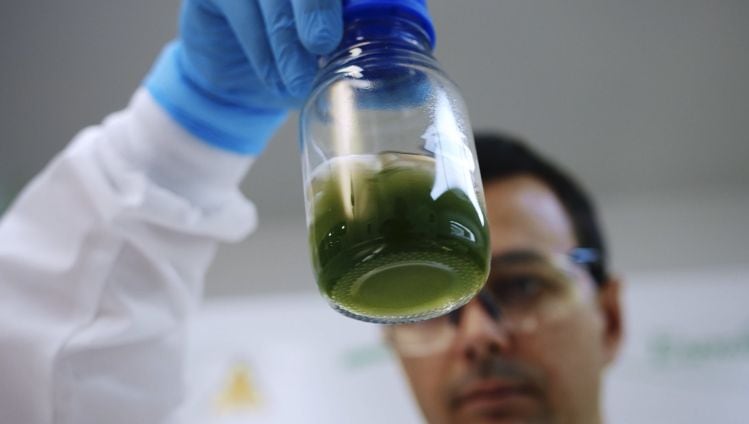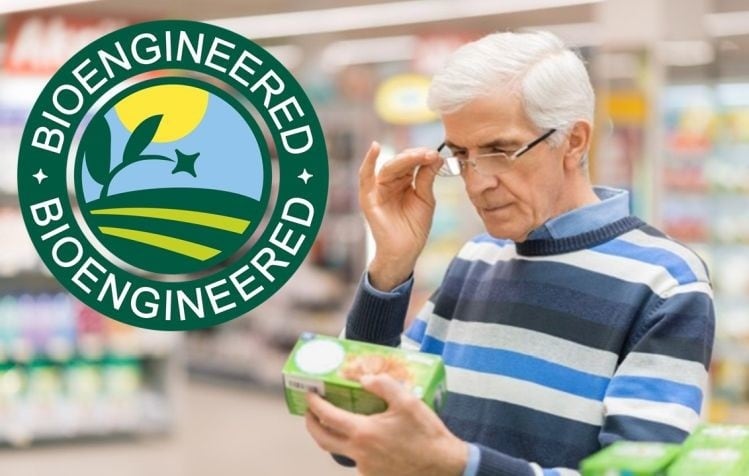Couched as an “invitation” to “scientists, product developers, policymakers, regulators, companies, civil society and consumers,” the principles published in Nature Biotechnology on Monday seek to “build upon lessons learned from the deployment of GMOs,” that cultivated a culture of public mistrust, and instead pave the way for “a more trusted, inclusive and tailored regulatory approach to gene editing.”
The principles, developed by the Center for Science in the Public Interest, Consumer Federation of America, Environmental Defense Fund, National Wildlife Federation, The Nature Conservancy and the World Wildlife Fund US with help from the Keystone Policy Center, include effective, science-based government regulation; voluntary best practices that complement regulatory oversight; risk avoidance and delivery of tangible societal benefits; robust and inclusive societal engagement; inclusive access to technology and resources; and transparency around gene editing products in the environment.
While the principles are focused on gene-editing, their creators note that they could apply to almost any technology – potentially paving the way for fair and efficient oversight of future advancements.
Gene-editing is here, but adequate oversight is not
The framework comes at a time when gene-editing technology already is being used to develop new products that could soon be introduced into commerce, such as a modified wheat gluten that celiac suffers can eat safely, heat tolerant wheat, non-browning mushrooms, and apples resistant to some disease.
While these advances illustrate how the technology has “the potential to address urgent dilemmas in the environment, human health and food security,” gene editing and other biotechnologies “also raise potential for societal concerns, environmental and health risks, and conflicts with cultural and spiritual values,” for which the US currently is not equipped to efficiently or sufficiently evaluate, argue the framework’s authors.
They explained that the US currently is incapable of balancing the potential benefits and concerns presented by biotechnology because the USDA recently “substantially deregulated gene-edited plants and proposed a similarly minimal oversight system for gene-edited animals.”
Last year, USDA finalized the Sustainable, Ecological, Consistent, Uniform, Responsible, Efficient (SECURE) rule to comply with a 2019 Trump Administration Executive Order on Modernizing the Regulatory Framework for Agricultural Biotechnology Products.
USDA at the time argued the new rule would help “provide America’s farmers access to … critical tools to help increase agriculture productivity and sustainability, improve the nutritional value and quality of crops, combat pests and diseases, and enhance food safety.”
Gene-editing is at risk of sharing the same fate as genetic modification
While the framework’s authors do not dismiss these potential benefits, they argue that gene-edited products, if developed without sufficient oversight and public discourse, could have unintended environmental impact, or “could follow the same path as GMOs, which suffer from limited products, exclusive development, and substantial consumer avoidance and skepticism.”
They add that this in turn could “lead to the potential societal benefits of such products remaining unrealized.”
First principle: Apply technology safely, ethically and with as little risk and most reward as possible
To avoid this ill-fate and ensure the full potential of gene-editing is safely, fairly and openly considered, the first principle the authors recommend is to avoid substantial risk and deliver tangible societal benefits.
They argue that regulators have a responsibility to assess the risks of gene-edited products with a tiered, “proportionate” and science-based approach and not assume they are the same as those derived from conventional breeding. They also must weigh the benefits, including ecological, social and climate resilience, biological diversity, natural resources, human and animal health and welfare, economic and rural development, food security and others against “continuing with business as usual.”
Second principle: Proactively and robustly engage stakeholders from across sectors
Stakeholders from across segments and the public – including those adverse to the technology – should be involved early in the development cycle so that their concerns, perspectives and desires are equally considered.
Third principle: Base regulation on science
To adequately identify potential risks, reviewers must look beyond the process to the finish product, “in contrast with the current US Department of Agriculture rules,” the framework argues. “The process of gene editing alone may not predict a product’s risk. Unintentional non-target changes to the genome have been observed in gene-edited cattle, for example,” the authors explain.
Fourth principle: Supplement regulatory oversight with voluntary best practices
Recognizing the speed of technological advancement can outpace regulatory oversight, the framework argues that product developers should “implement good stewardship, encompassing risk assessment and management, inclusive engagement, transparency, monitoring and responsiveness to input and learnings.”
Again, the authors emphasize that each product should be assessed prior to release and an ongoing voluntary assessment of products should continue throughout their lifecycle, including post-market.
Fifth principle: Provide the public with clear information about gene edited products
Recognizing some consumers may wish to avoid gene edited products, the US should establish a registry of such products that is available to the public. Such a registry also would instill public trust and understanding of the technology, the authors argue.
Sixth principle: Provide inclusive access to technology and resources
Public-private partnerships can accelerate product development and allow for the technology to be used more broadly and to its fullest extent, the authors state. As such, they say, innovators should share and license technology to lower costs and advance application across sectors and applications.
Ultimately, while the authors say that they believe these principles will help balance risks and benefits, they stress repeatedly that this is just a starting point and the conversation should be an open dialogue that evolves alongside technology – openly and transparently.




